₹ 999.00
2HR Aquarist APT Pure The 360o water conditioner. Comprehensive and super-concentrated formula removes chlorine & chloramines and detoxifies heavy metals, ammonia, nitrites and nitrates. Contains soothing Aloe Vera extract. Dose APT Pure 1ml per 60L Dose up to 5X recommended dosage as an emergency tool to detoxify Ammonia.
| Brand | |
|---|---|
| Select Size |
200ml |
1 in stock
2HR Aquarist APT Pure
The 360o water conditioner.
Comprehensive and super-concentrated formula removes chlorine & chloramines and detoxifies heavy metals, ammonia, nitrites and nitrates.
Contains soothing Aloe Vera extract.
Dose 1ml per 60L
Dose up to 5X recommended dosage as an emergency tool to detoxify Ammonia.
the simple power of water change the 2hr way
One of the most powerful ways to improve tank performance is also the simplest: Regular water change in a mindful way.
It is practised in the largest world-class aquariums, and should be done even in a the smallest desktop tank. While a tank looks naturalistic, it is not naturally self-sustaining. Organic waste (much of which cannot be measured by hobbyist test kits) accumulates and not everything can be digested by the tank’s bio-filter.
Embrace the power: Change Water the 2Hr Way today.
The #1 algae trigger is decomposing organic matter. Remove all decaying leaves. Stem plants require replanting after pruning a few times. Unlike terrestrial hardwoods, older aquatic stems generally deteriorate over time. Remove and discard old stems and roots.
Instead of simply draining water, use a pipette or turkey baster to gently stir up detritus on the surface of plants and substrate. Take care not to stir up deeper levels of the substrate. Vacuum the detritus away while draining away around 40% of the tank’s water.
Industrial water chlorination dates back to the 1890s in Germany and the UK.
Today most urban tap water contains between 0.2ppm and 2ppm of Chlorine and Chloramines ( a more stable form of Chlorine).
This is high enough to kill water-borne diseases, but low enough for human consumption. However this level is sufficient to harm fish and destroy the beneficial bacteria in an aquarium.
It is worth the effort to change ~40% of the tank water regularly.
At least monthly for a slow growing, fully planted tank with a light fish load. More frequently for tanks with higher bio loads.
Regular water change helps keep algae at bay by removing organic waste that is not digested by microbial action (and not measurable by hobbyist test kits).
When performed the 2Hr Way, it significantly reduces the prime algae triggers of detritus and decaying matter. It also helps to remove algae spores.
5 threats
Apart from Chlorine and Chloramine, tap water can have unexpected occurrences of Heavy Metals (e.g. copper from old piping) which is lethal to livestock.
Tap water can also contain Ammonia. More often though, it is released within the tank: when we stir up decaying matter buried in the substrate, when there is livestock death or when the tank’s biological filtration system fails and there is a surge in waste matter.
Sudden spikes in Ammonia and Nitrite (an oxidised form of Ammonia) can melt plants and kill livestock.

360 protection from Chlorine, Chloramines, Ammonia, Heavy Metals, Nitrites and Nitrates.
 5X more concentrated than competing products. This translates to greater savings.
5X more concentrated than competing products. This translates to greater savings.
 Try it for 100 days. If it doesn’t work, get a full refund. We are aquarists too and want the best for you.
Try it for 100 days. If it doesn’t work, get a full refund. We are aquarists too and want the best for you.

Above: a 2Hr Tank with a lively population of Gold Tetras using APT Pure water conditioner.
Can I just change water the simple way?
Of course, if you mean just draining the tank and refilling. It does not change the way APT Pure works. We recommend changing water The 2Hr Way because if you are making the effort to change water, we find that going the extra mile to siphon the surface detritus makes a real difference in keeping algae under control. You can certainly choose whichever method you prefer.
How do I use APT Pure?
For most tanks, simply add it into the tank, before adding tap water.
If you are keeping more sensitive fish or livestock, it is best to pre-mix it with tap water, before adding the water into the tank.
How much to dose?
During water change, add 1ml for every 60L of tap water.
To detoxify ammonia in a tank, add up to 5ml for every 60L of tank water.
What is the smell?
The smell of garlic or sulphur is perfectly normal. It comes from the combination of compounds that make up APT Pure.
Expiry Date?
The compounds in APT Pure are extremely stable. As a guide, we recommend finishing the product within 3 years of opening.
My Ammonia Test gives an odd result?
Due to way APT Pure binds Ammonia, most test kits (both Nessler and salicylate based kits) will not work properly. You will most likely see a cloudy brown result that does not match against the color charts provided.
Would it affect fertilizers or plant nutrition?
APT Pure does not make nitrates (or nitrites) disappear from the tank. It binds them into a form that is harmless to livestock, but digestible by plants and bacteria. So within normal use, it does not affect fertilizers or more specifically the availability of nutrients for plant uptake.
Do I really need to use a water conditioner?
Chlorine (Cl2) is present in tap water in most countries. It is used to kill bacteria, viruses and other microbes in public water systems. However, this chemical also damages the gills of fish and other aquatic animals if present. Most public tap water contain between 0.2 to 2ppm (parts per million) of Chlorine. Importantly, the level of Chlorine and Chloramine can vary by location and time of day. So even if your tap water measures zero Chlorine today does not mean it is always zero.
What is Chloramine?
Chloramine performs the same disinfection functions as Chlorine in public water systems. Chloramine is a more stable form of Chlorine – formed by bonding Chlorine with ammonia or other amines. Most anti-chlorine products do break down Chloramine. However, breaking down Chloramine releases it from its ammonia-bond, resulting in the release of ammonia into the water column. Thus, it is necessary to have an ammonia binder present to prevent the ammonia spike from harming livestock. Ammonia binders typically reduce the toxicity of ammonia by binding it to larger compounds – which are then digested by the biological filtration system of the tank. Not all anti-chlorine products contain ammonia binders – if your tap water contains chloramine, it is highly recommended to use an anti-chlorine product that also binds ammonia.
Can I leave my tap water to sit, and allow the Chlorine to dissipate on its own?
Chlorine does dissipate by itself over 24 to 48 hours. The time taken depends on surface area of the water body in question, whether there is turnover etc. Boiling the water for an hour or so can speed up the process, but may not be a practical approach. Chloramine is much more stable and not does dissipate naturally. Activated carbon removes both Chlorine and Choramine, but require good contact time for complete removal.
| Brand | |
|---|---|
| Select Size |
200ml |
4 reviews for 2Hr Aquarist APT Pure
| 5 star | 100% | |
| 4 star | 0% | |
| 3 star | 0% | |
| 2 star | 0% | |
| 1 star | 0% |
Customer Images
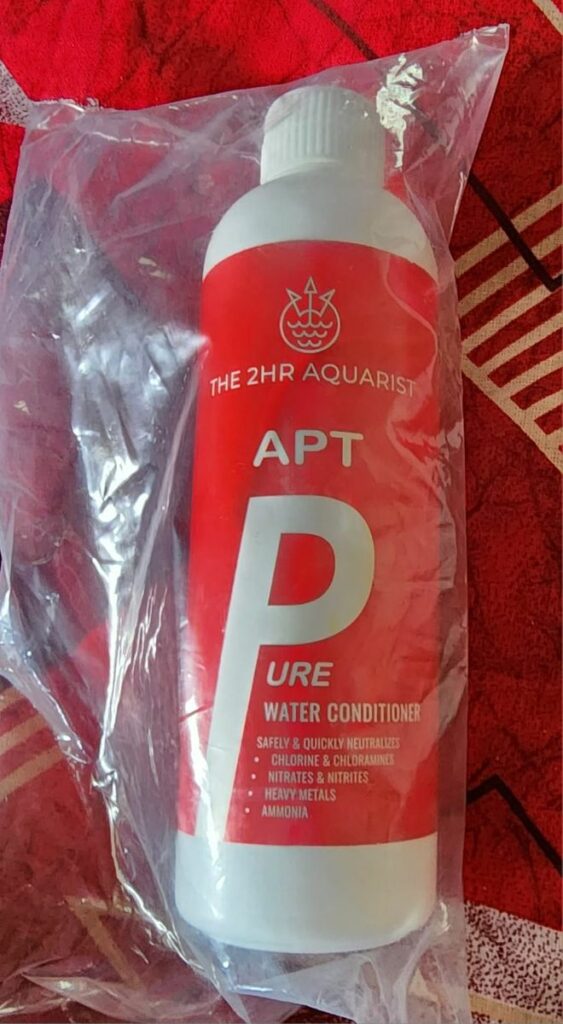
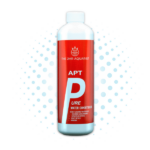 2Hr Aquarist APT Pure
2Hr Aquarist APT Pure
The story of The 2Hr Aquarist begins on the sunny island of Singapore, at the crossroads of East and West and one the world's largest trading hubs of aquarium fish and plants. In 2015, well-known aquarist and aquascaper Dennis Wong started a youtube channel to share his techniques in growing aquatic plants and long-term maintenance of freshwater aquariums. Followers started experiencing the results that came with his approach (success with growing some of the hobby's most difficult plants, controlling algae, attaining previously 'impossible' richness of colours and form) and started sharing the news with others.
This led to the development of The 2Hr Aquarist, an organization dedicated to providing the tools and resources for enthusiasts across the world to achieve mastery of the freshwater planted aquarium. We have since grown to become a diverse and entrepreneurial team with over 20 years of combined experience in research, product development, international sales and distribution, marketing and communications. Most importantly, we are aquarists ourselves and enjoy the art and science of the freshwater aquarium. We are grounded by facts and empirical results. We use what we sell and practice what we write.
WHAT IS THE 2HR WAY?
The 2Hr Way is a philosophy and proven technique to quickly and effectively master the planted aquarium. It is an increasingly popular way to achieve vibrant, enduring, algae free tanks without costly 'trial and error' or reliance on 'black-box' systems. The 2Hr Way explains how and why things work a certain way, and once you put that knowledge into practice, you get consistent, repeatable results.
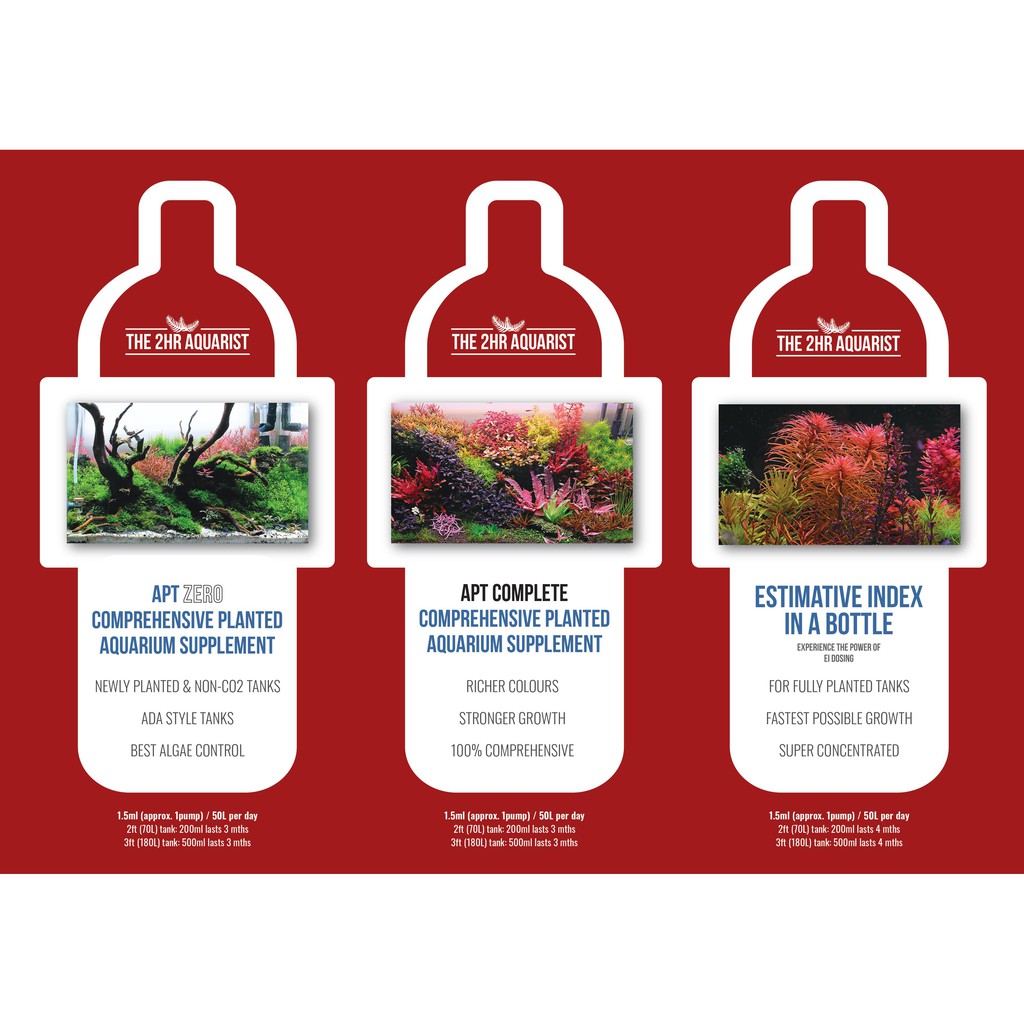
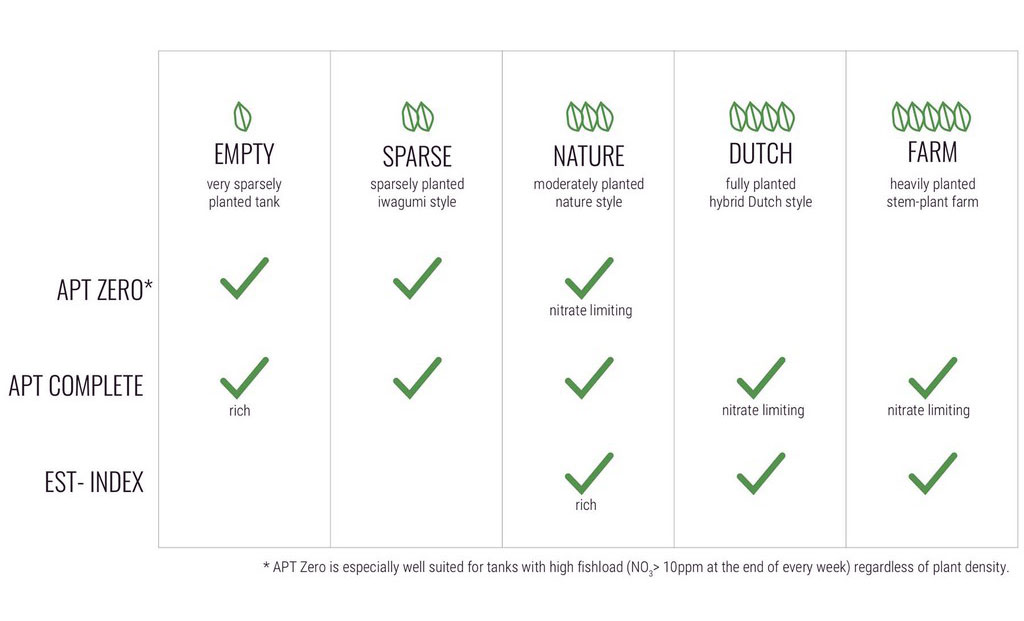

SHIPPING
Orders placed before 12Noon will be processed & shipped on the same day (excluding Sunday & local holiday)
Delivery within 2 ~ 6 days depends on the ordered item and shipping mode
Guaranteed 48Hrs door delivery for Light Weight Parcels for some products/brands
Certain Drop Ship products (brands) like AquaVitro, Fritz, Marrggoo, Eheim, Fluval and Ocean Nutrition may take 1-2 days to process and ship from drop shipper locations.
Shipping and delivery time may vary as per courier which is subject to availability
Shipping will be done through BlueDart, Delhivery, DTDC, Amazon Shipping, eKart, EcomExpress, Speed Post , Professional Courier and ST Courier
However, if you have any preferred courier partner then kindly make a note while placing the order.
We have warehouse in all metro and in some major cities. Shipping will be done from Chennai, Bangalore, Delhi, Kolkata, Mumbai, Pune and Hyderabad, subject to stock availability locations
For more information click here
DELIVERY
Kindly note that unboxing video is mandatory for multi part products like skimmer, canister filter, LED lights, pump and glassware items to confirm the receipt of the contents inside the box are in tact and safe.
Kindly note that all shipments are insured against transit damage. Customer need to report the damage within 48Hrs against receipt of the shipment, NO refund / NO exchange / NO replacement will be offered if customer fail to provide unboxing video or inform the damage
Pre Paid Shipping included.
All prices mentioned in the site are inclusive of GST and Shipping Cost**
** – GST credit not available for certain products + additional shipping charges may be applicable for certain products/brands or for certain pincode. Additional shipping cost will be displayed during checkout, subject to minimum order value


DELIVERY
Kindly note that unboxing video is mandatory for multi part products like skimmer, canister filter, LED lights, pump and glassware items to confirm the receipt of the contents inside the box are in tact and safe.
Kindly note that all shipments are insured against transit damage. Customer need to report the damage within 48Hrs against receipt of the shipment, NO refund / NO exchange / NO replacement will be offered if customer fail to provide unboxing video or inform the damage
Pre Paid Shipping included.
All prices mentioned in the site are inclusive of GST and Shipping Cost**
** – GST credit not available for certain products + additional shipping charges may be applicable for certain products/brands or for certain pincode. Additional shipping cost will be displayed during checkout, subject to minimum order value
SHIPPING
Orders placed before 12Noon will be processed & shipped on the same day (excluding Sunday & local holiday)
Delivery within 2 ~ 6 days depends on the ordered item and shipping mode.
Guaranteed 48Hrs door delivery for Light Weight Parcels for some products/brands
Orders placed after 11AM will be shipped on next business day.
Certain Drop Ship products (brands) like AquaVitro, Fritz, Marrggoo, Eheim, Fluval and Ocean Nutrition may take 1-2 days to process and ship from drop shipper locations.
Shipping and delivery time may vary as per courier which is subject to availability
Shipping will be done through BlueDart, Delhivery, DTDC, Amazon Shipping, eKart, EcomExpress, Speed Post , Professional Courier and ST Courier
However, if you have any preferred courier partner then kindly make a note while placing the order.
We have warehouse in all metro and in some major cities. Shipping will be done from Chennai, Bangalore, Delhi, Kolkata, Mumbai, Pune and Hyderabad, subject to stock availability locations
For more information click here




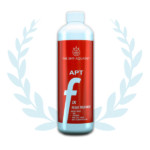
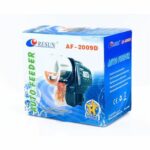
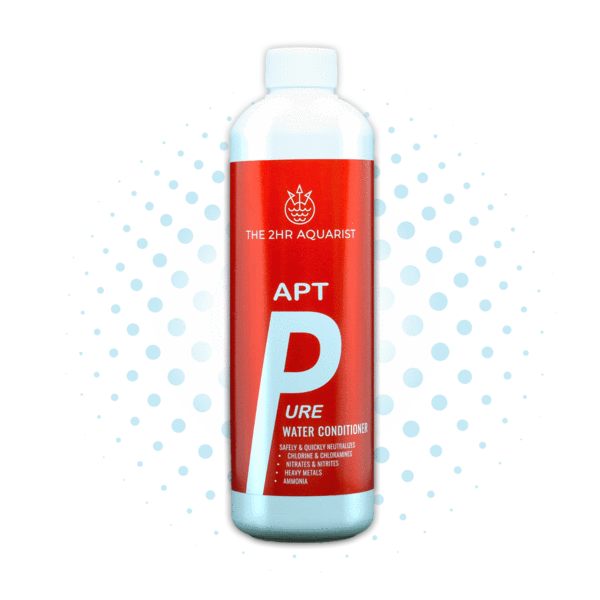
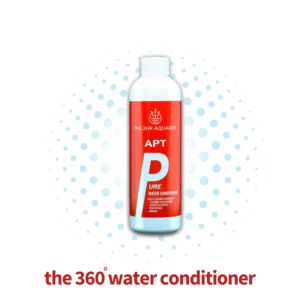
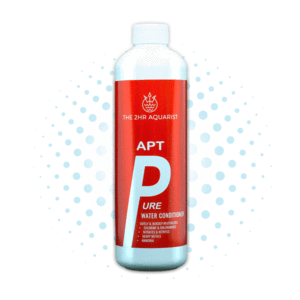



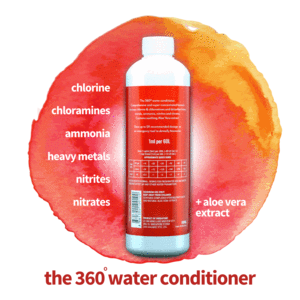
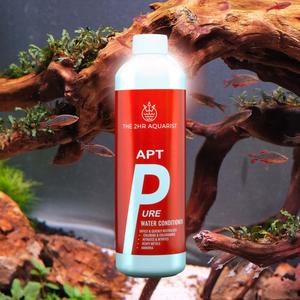
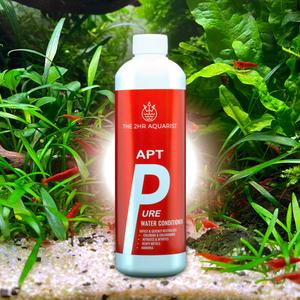
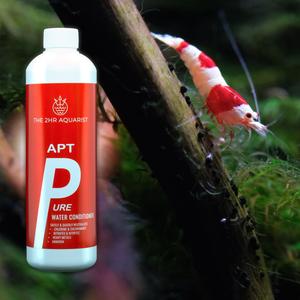
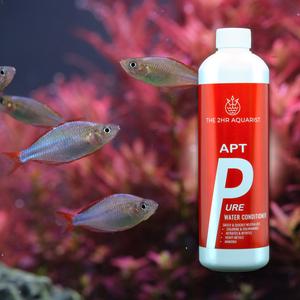
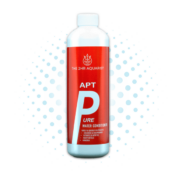
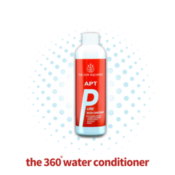
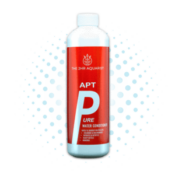



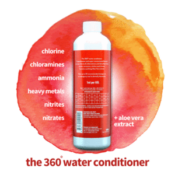
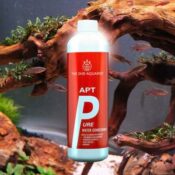
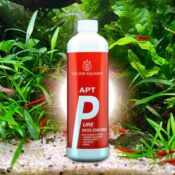
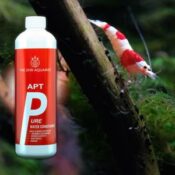
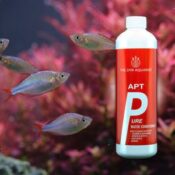


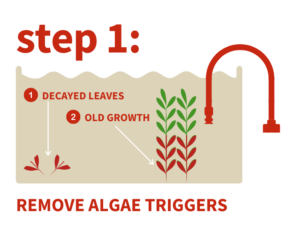
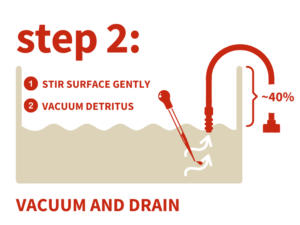
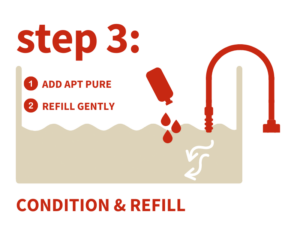
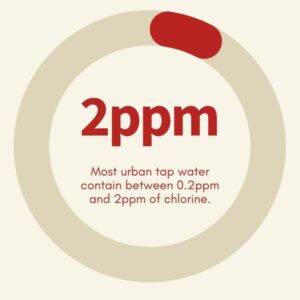
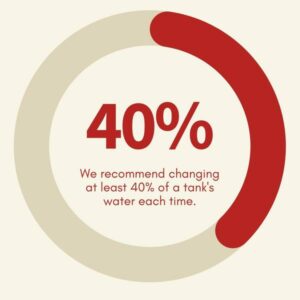

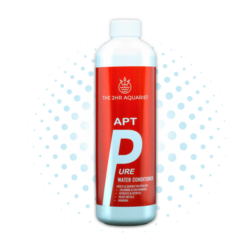

Its a dependable product
Excellent product
This water conditioner works instantly.
GOOD